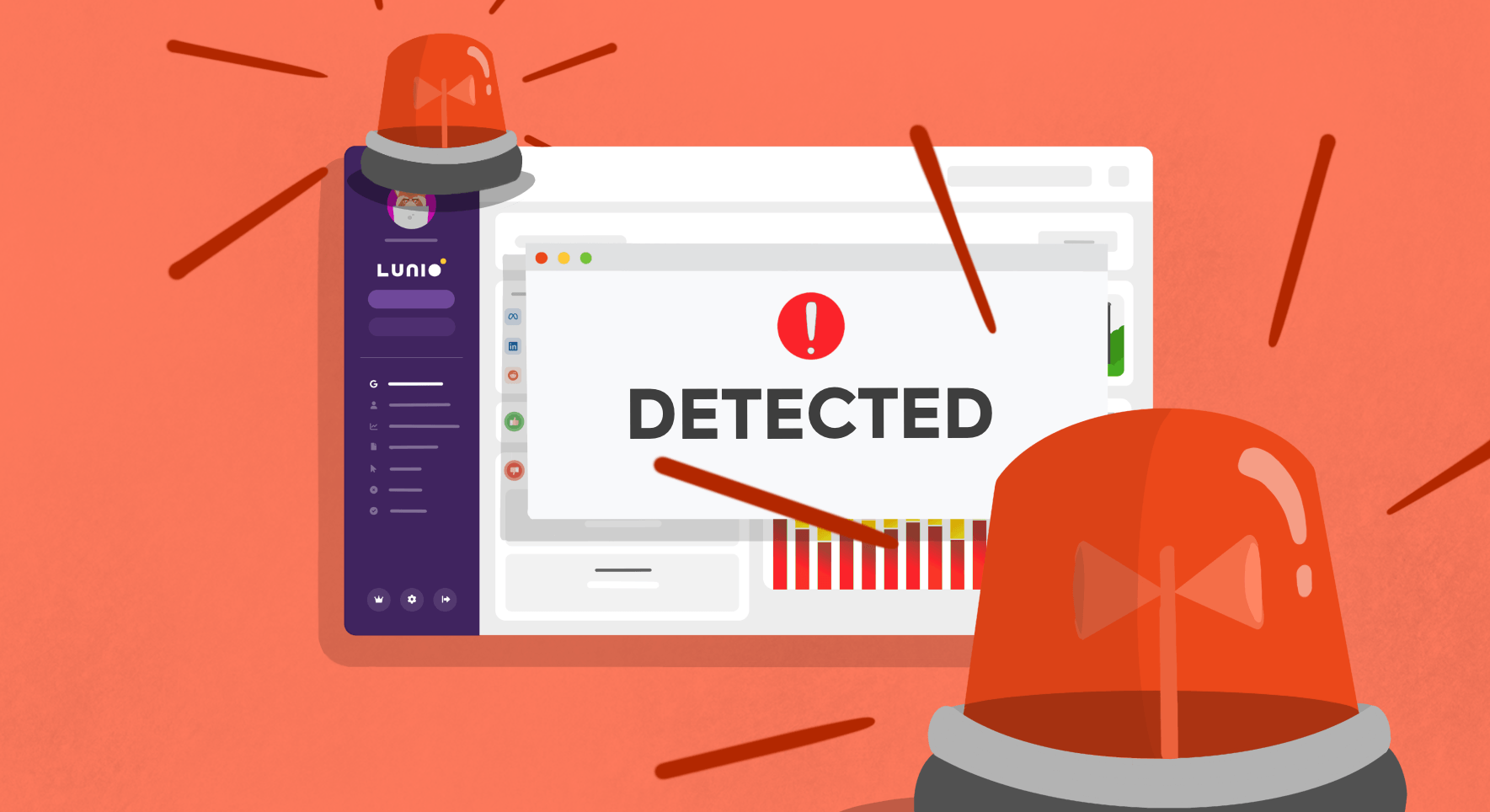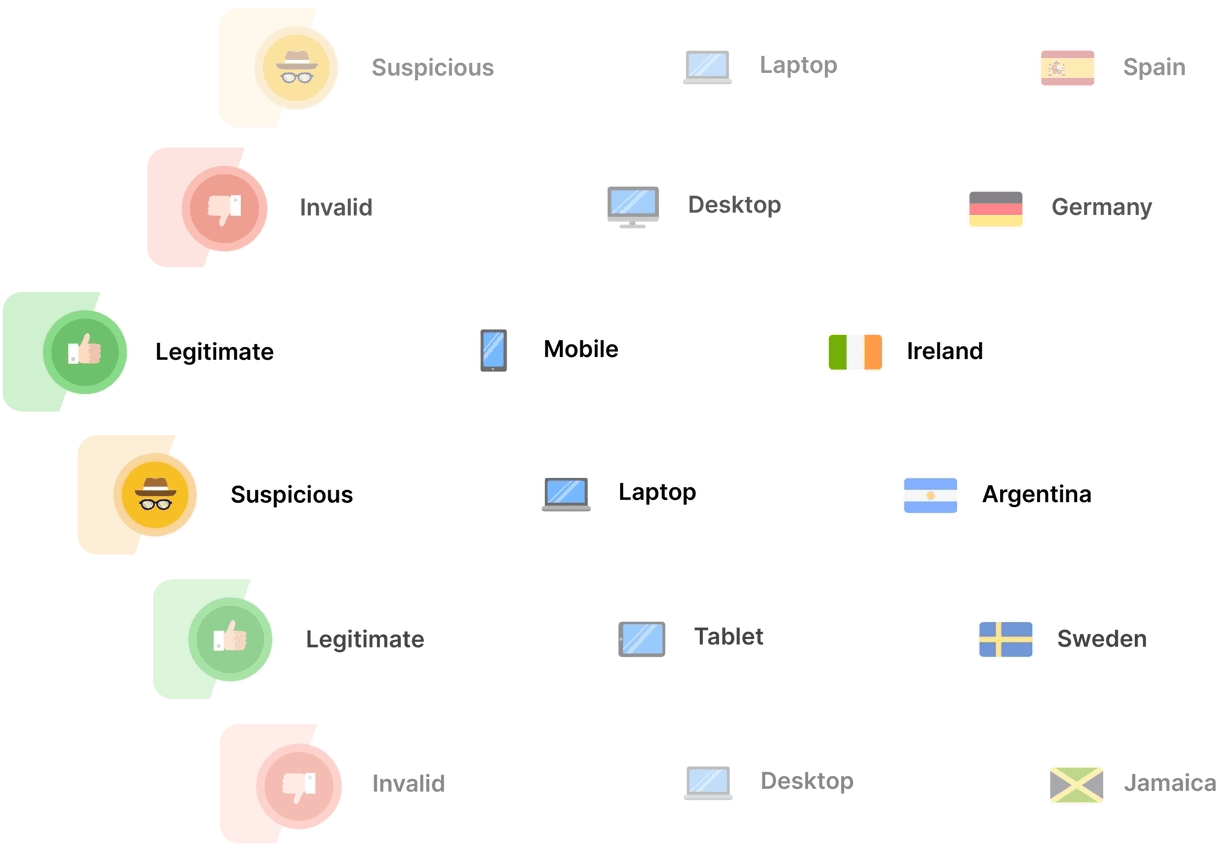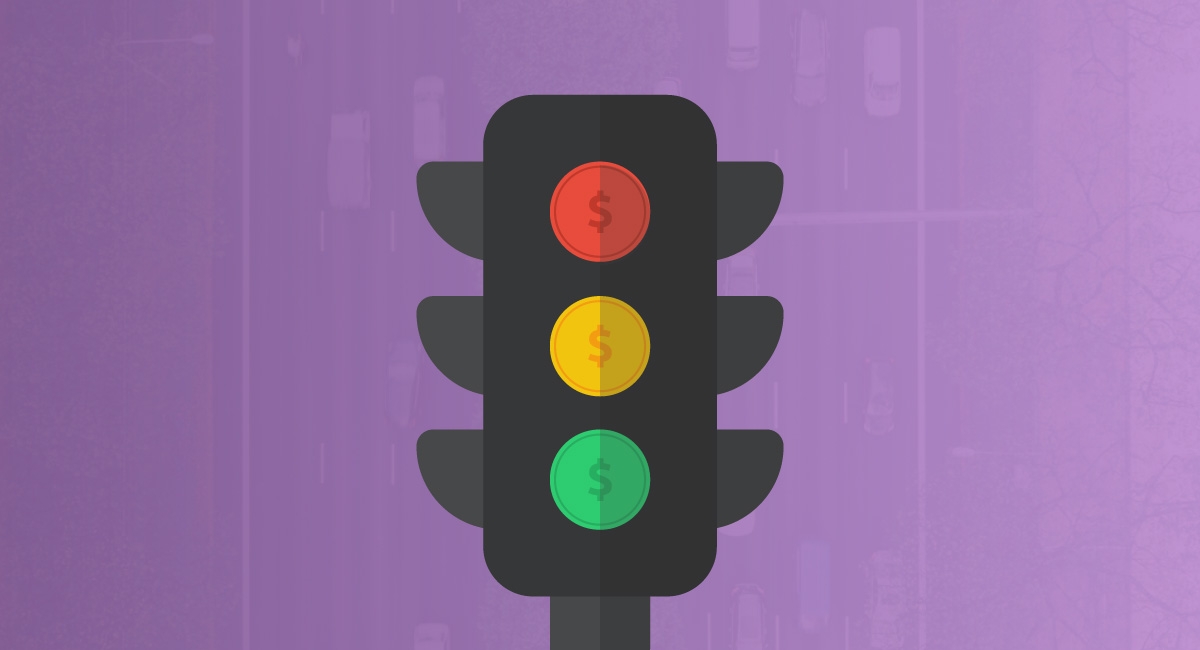Invalid traffic (IVT) is a serious problem affecting all performance marketers. Our 2024 Wasted Ad Spend Report was created by analysing 2.6 billion paid ad clicks from more than 60,000 ad accounts. This exposed the extent of the invalid traffic problem across different industries, regions, ad channels, and more.
The click data revealed notable differences in invalid traffic rates across individual marketing channels. These are presented from lowest to highest in the graph below.
In-depth analyses of each channel are available within the report itself. Expect to learn:
- Average IVT rates across all major ad platforms
- IVT rates by industry, region, and company size
- Lost revenue opportunities due to IVT for 2023 & 2024
- Top 3 concerns affecting performance marketers in 2023
- Strategies to minimise wasted ad spend across all channels
- How to reduce your paid media carbon emissions
- And lots more!
Download the 2024 Wasted Ad Spend Report
If you’re not seeing the profitability you expected from paid media campaigns, you could have a problem with invalid traffic. In this article, you’ll discover what invalid traffic actually is, how it affects PPC, and find out how to deal with invalid clicks on your ads.
What is Invalid Traffic?
According to Google, invalid traffic (IVT) is any activity that doesn’t come from a real user with a genuine interest in your product or service:
“Invalid traffic includes any clicks or impressions that may artificially inflate an advertiser’s costs or a publisher’s earnings. Invalid traffic covers intentionally fraudulent traffic as well as accidental clicks.”
Bot traffic is the biggest cause of invalid activity. According to an Imperva Report of the 42.3% of bots that contribute to overall web traffic, 27.7% are bad bots. These automated programs are designed to target and disrupt websites, from distributed denial of service attacks to content scraping activity.
Not all bots are malicious. Some actually help your website by crawling and indexing your pages so they can be found by search engine users. But both good and bad bots can drain your ad spend. That’s why it’s important to detect and block all invalid clicks on your PPC ads, regardless of the source.
How Does Invalid Traffic Affect Marketers?
Data from Lunio’s Wasted Ad Spend Report revealed $71.37 billion in ad spend forecasted to be lost to IVT in 2024. But the financial losses stack up even further when you consider the lost revenue opportunties.
A study conducted by leading data company Nielsen revealed that the average return on ad spend across all industries is 2.87:1. When applied the the wasted ad spend forecast for 2024 this equates to:
$204.83bn in lost revenue opportunity for brands and advertisers in 2024.
Many marketers chalk ad spend losses on IVT up to the cost of doing business, as long as they’re still getting reasonable returns on their ad spend. But every single invalid click eats into your margin and harms profitability.
You don’t have to (and shouldn’t) accept this level of inefficiency. In fact, in today’s tough economic climate, you should aim to wring as much revenue from your budget as possible, so you can hit your revenue targets and advertising KPIs.
Our CEO Neil Andrew previously explained how dealing with invalid traffic can help marketers achieve more:
We know that brands and agencies have a pressure to do more with tighter resources, and Lunio is here to help. By eliminating wasted ad spend, our solution streamlines the entire process, from media planning and buying to ad tracking and ROAS measurement, driving increased efficiency at a time when every penny counts.
Lunio detects and blocks fake engagements on paid ads, meaning those savings can be reallocated back into your best PPC campaigns: driving more conversions, sales, and revenue with the same initial ad spend.
Eliminate Invalid Traffic From Your PPC Campaigns
Ads are for humans, not bots. Get a demo and save up to 25% of your advertising budget by automatically eliminating fake ad engagements across all paid channels.
The 2 Types of Invalid Traffic
There are two types of invalid traffic: general invalid traffic (GIVT) and sophisticated invalid traffic (SIVT).
GIVT is unintentional invalid traffic that’s generated through non-malicious means, while SIVT is a type of ad fraud used to purposely generate fake traffic.
Here are the key differences between GIVT and SIVT:
| General Invalid Traffic (GIVT) | Sophisticated Invalid Traffic (SIVT) | |
| Intent | Generally benign | Generally malicious |
| Sources | Accidental clicks from real users, VPNs and proxy servers, test accounts, data centre traffic, non-malicious bots | Click farms, malicious bots, any bot attempting to impersonate a human user |
| Detection methods | Filters and parameters, click fraud prevention software | Advanced analytics and human intervention, click fraud prevention software |
Both GIVT and SIVT can cause invalid clicks and wasted ad spend, so you need to eliminate them from your ad traffic.
How to Identify Invalid Traffic With Google Analytics
Here are four methods you can use to identify invalid traffic in Google Analytics 4:
1. High Bounce Rate
Bounce rate tells you the percentage of users who leave your website after visiting just one page. The average bounce rate is around 50-70%, though sites should aim to reduce this to 30-50%.
If your bounce rate is higher than 70%, you may have a bot problem. Bots don’t usually stick around to take a look at your other web pages.
To check your bounce rate, customise the events report to include this metric. You can then see the bounce rate for each page:
Cross-reference this against the traffic source. A high bounce rate for paid traffic could indicate a high volume of invalid traffic.
2. Low Session Duration or Dwell Time
Dwell time is the amount of time a user spends on a landing page before returning to the search engine results page. A low dwell time can tell you your landing page isn’t resonating with user search intent — or it can potentially indicate an influx of bots.
For most PPC landing pages, an average time spent on-page between 35 seconds and 2.5 minutes is considered ideal. In Google Analytics 4, the best way to check dwell time is to look at the average session duration:
Again, set your traffic source as paid traffic to see how long your PPC-generated visits are staying on your site. If it’s far below the 30 second mark, this can indicate a high volume of invalid ad clicks across your campaigns, warranting further investigation.
3. Traffic Peaks With Low Conversion Rates
Most brands who’ve been running PPC campaigns for a while know what kind of conversion rate to expect. So if you suddenly see significant traffic peaks without a similar spike in conversions, it should ring alarm bells.
Set custom GA4 alerts to notify you of any unusual activity on your website. Find out how to set up custom email alerts in this video:
4. Repeated Suspicious Traffic Patterns
If you notice the same traffic pattern in your Google Analytics account over and over again, this could also indicate bots, as they often run on an automatic schedule.
For example, this image shows the traffic from four separate referring sites. Traffic from each referrer follows the exact same pattern, suggesting they’re all sending bots to the site on the same schedule, albeit in different quantities:
It’s not uncommon for your site traffic to follow a similar pattern each day, week, or month. This usually appears as a bell-shaped curve that has a few outliers. It’s important to become familiar with your data so you can spot patterns more easily.
Note: None of these indicators can definitely prove the presence of invalid activity, they’re simply signs that should trigger further investigation. To figure out what’s causing anomalies within your GA4 account, check your ad performance and perform PPC audits regularly.
Preventive Measures You Can Take Against IVT
Google Analytics 4 can help you identify invalid traffic visiting your site, but it won’t help you block it. So what can you do to stop non-human traffic affecting your own ads?
1. Understand Your Traffic
To spot anomalies and suspicious activity within your traffic, you need to know what normal traffic patterns look like. Become familiar with your audience, including:
- Which referral sites they come from.
- When you can expect normal traffic peaks and troughs.
- How long most people spend on your site.
Combine this with conversion and reach data from your Google Ads account to better understand how PPC is feeding traffic to your website.
Optimise your PPC campaigns to reduce the risk of your ads showing for irrelevant keywords, where both real and fake users can click your ads, ramping up costs and skewing results.
2. Avoid Lesser-Known Ad Networks
Make sure the ad networks you’re advertising on are legitimate and trustworthy. While Google Ads and most mainstream social networks are vulnerable to more sophisticated forms of invalid activity, they at least have some protective anti-bot policies. Always stick with known entities when it comes to ad networks.
That said, when running ads via Google Display Network (the worst offender in terms of invalid traffic), make sure to prune down the list of placements you’re eligible for. Basically you want to eliminate those that are known to be of low quality. So although this process can be time-consuming, the long-term cost savings make it well worth it.
To give you a head start, at Lunio we’ve put together a 60,000+ display network exclusion list of low converting / spam websites and junk mobile app inventory. Download the list and apply it to your campaign to get an instant uplift in performance.
3. Never Pay For Site Traffic
No matter how much you want to see an increase in site traffic, it’s never a good idea to pay for it. Services that claim to send more traffic to your site almost always use bots to make up the numbers they’ve promised. Even if these bots target your organic content and don’t directly affect your PPC campaigns, they will skew your figures and make reporting unreliable.
4. Exclude Suspicious Domains
In GA4 you can use the “List Unwanted Referrals” feature which you can find under Data Streams in the Property column of the Admin section.
This list gives you the ability to exclude domains from your Google Analytics data. So if you’ve identified suspicious domains, you can remove them from your future data by adding them to this list.
This method can occasionally be helpful if you notice a significant anomaly coming from a single domain when reviewing your performance data. But it’s not a viable solution for blocking invalid traffic. The vast majority of businesses are likely to have too much suspicious-looking traffic to manually investigate and filter out.
Doesn’t Google Ads Automatically Block Invalid Traffic?
It’s true that Google Ads does detect and filter some bot traffic. According to Google Ads documentation:
“Our dedicated Ad Traffic Quality Team uses live reviewers, automatic filters, machine learning, and deep research to detect and filter as much invalid and fraudulent activity as possible.
“Some invalid traffic takes more time to detect. In some cases, it may take up to several weeks to recognize a suspicious pattern. When appropriate and possible, that money is credited back to the advertisers.”
The key things to focus on here are the use of “as much as possible” and “when appropriate and possible”.
“As much as possible” acknowledges a certain level of more sophisticated invalid activity will bypass their prevention methods. And the data we’ve collected at Lunio certainly shows that to be the case. With the explosive pace of development in automation and AI, bot activity continues to become better able to avoid detection methods by the day. It’s a game of cat and mouse.
Invalid Click Refunds
As Google offers refunds clicks “when appropriate and possible”, this points to the fact large amounts of invalid activity routinely slip through the net.
Getting a refund is often an arduous process though. Google has a laundry list of requirements (which you can read under “Requesting an invalid traffic investigation”) they need you to provide. And you’ll have to go back and forth with their Ad Traffic Quality team multiple times. As a result, most advertisers never recover ad spend lost in this way.
Commenting on why Google has yet to categorically resolve the problem of invalid traffic, Kasim Aslam, founder of Solutions 8 said:
I think Google doesn’t want people to see: ‘Oh, I didn’t realise how much fraudulent traffic was there.’ So they almost have to keep the problem going, because if they solve the problem overnight, it’s an instant recognition of just how bad this was.
Google and other ad networks have no real incentive to aggressively crack down on invalid activity. They just need to do a “good enough” job. As long as advertisers are seeing acceptable returns on ad spend, Google and other networks will continue to quietly collect revenue on invalid clicks.
5. Real-Time Click Analysis & Traffic Filtering
Google won’t fix your invalid traffic problem anytime soon. But Lunio definitely will.
Through real-time analysis of every click on your paid ads, Lunio assesses the validity of every traffic source hitting your website. Clicks that come from known blacklisted IPs or exhibit multiple obvious signs of automated on-page behaviour (e.g. bouncing in less than a second or filling out forms faster than a human possibly could) are immediately marked as invalid and blocked from interacting with your client’s ads again in future.
But in certain cases, it’s difficult to determine based on a single interaction whether the source is a bot or just an indecisive human being. And that’s where Lunio’s “suspicious” category comes into play. Rather than immediately blocking the source of a suspicious click, there’s a requirement for further investigation before a decision is made.
Lunio will then assess hundreds of data points stemming from a few additional clicks from the same source until it has enough information to accurately categorise it as invalid or legitimate. This process virtually eliminates the risk of flagging real interactions as invalid.
Unlike the other manual solutions for IVT outlined above, there’s no human intervention required, and all invalid visits are stopped at the source. Over time this translates into greater spend efficiency and profitability across all campaigns.
See How Much of Your PPC Traffic is Invalid
Lunio’s 14-day free trial includes a full traffic audit, which shows you exactly how much invalid traffic is affecting your PPC success (and how much you could save by eliminating it). There’s no obligation to buy when the trial period ends; getting a clear picture of your traffic health can help you decide on the best way to fix invalid traffic on your site.
Get a Free Invalid Traffic Audit
Ads are for humans, not bots. Get a demo and save up to 25% of your advertising budget by automatically eliminating fake ad engagements across all paid channels.











